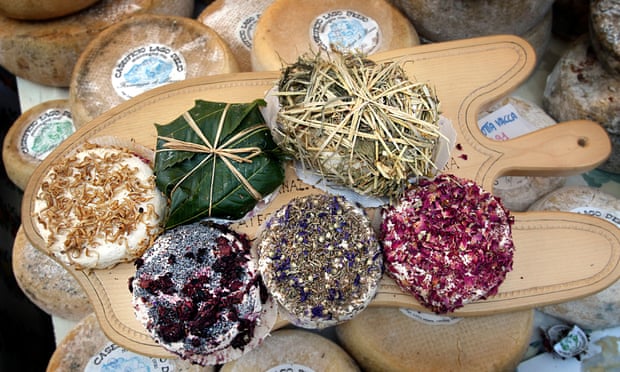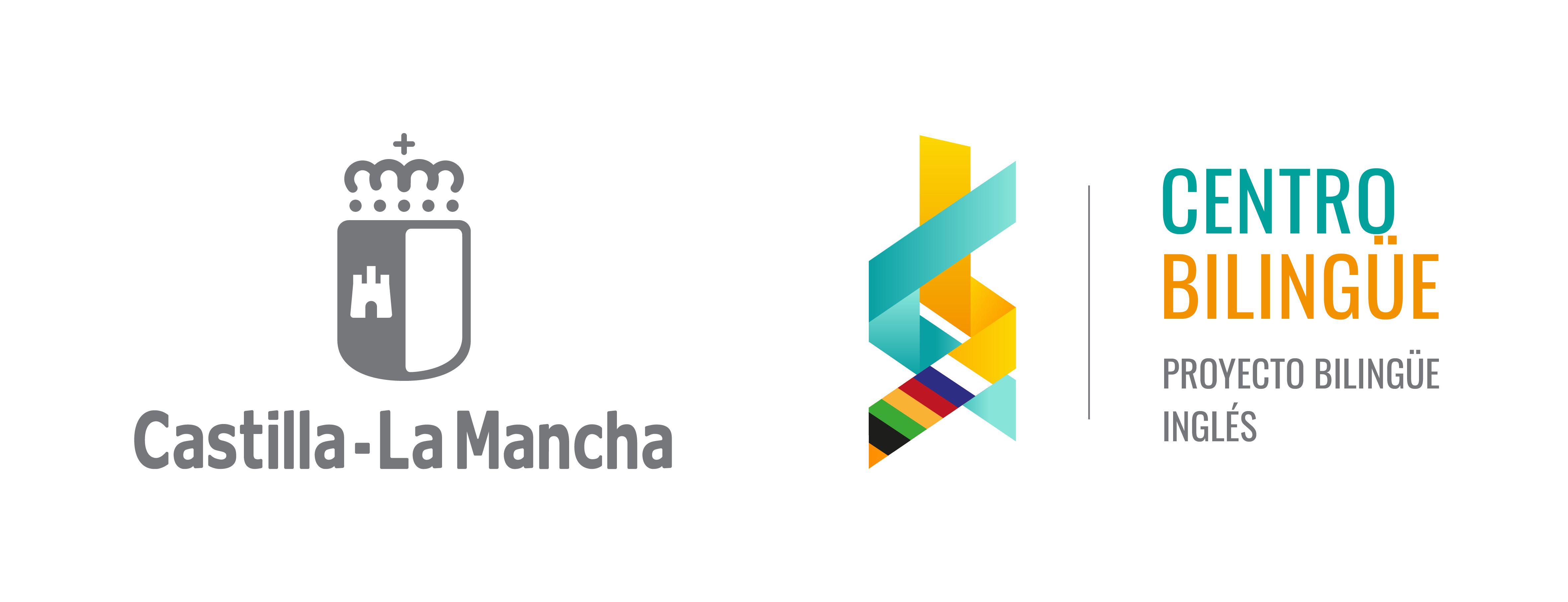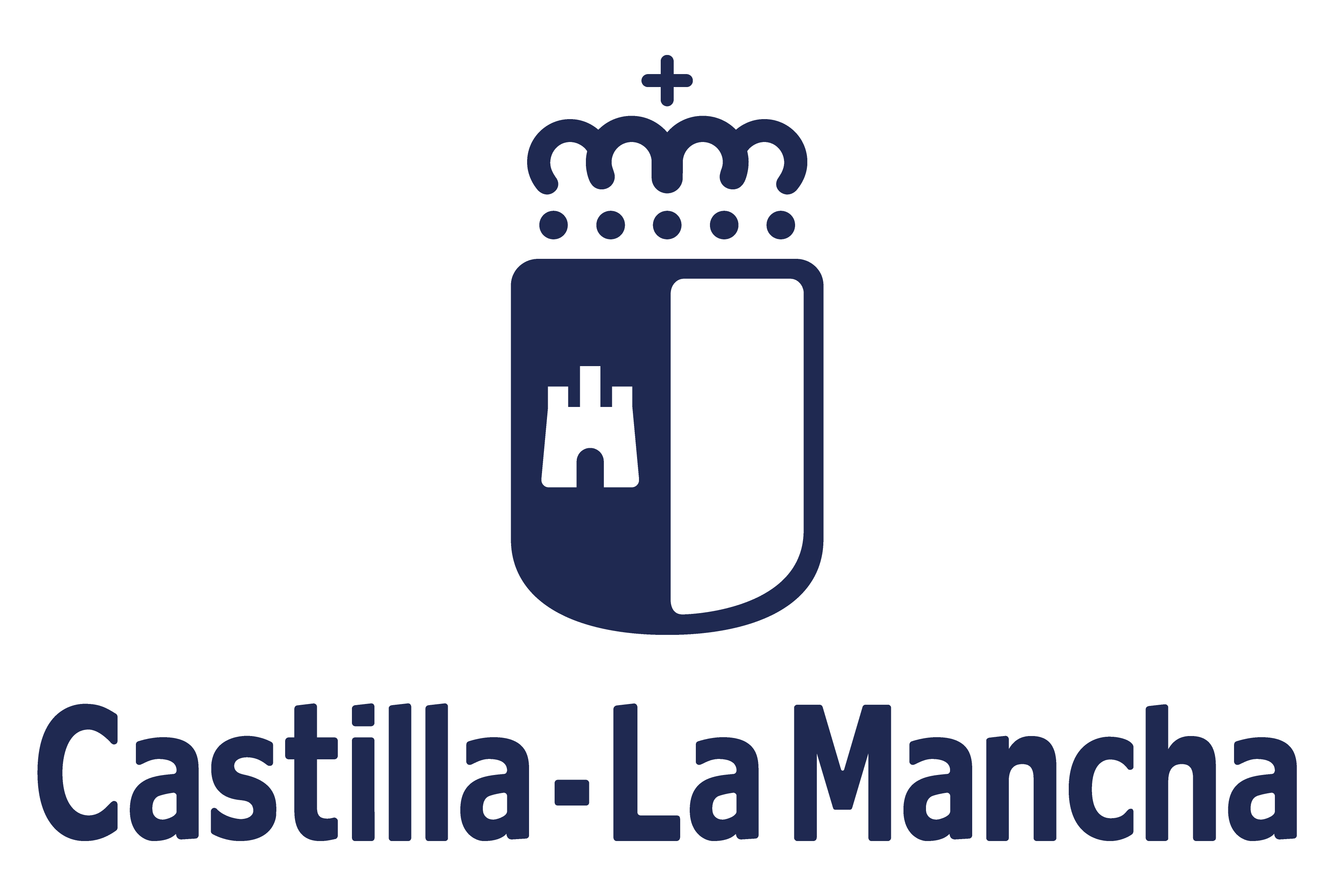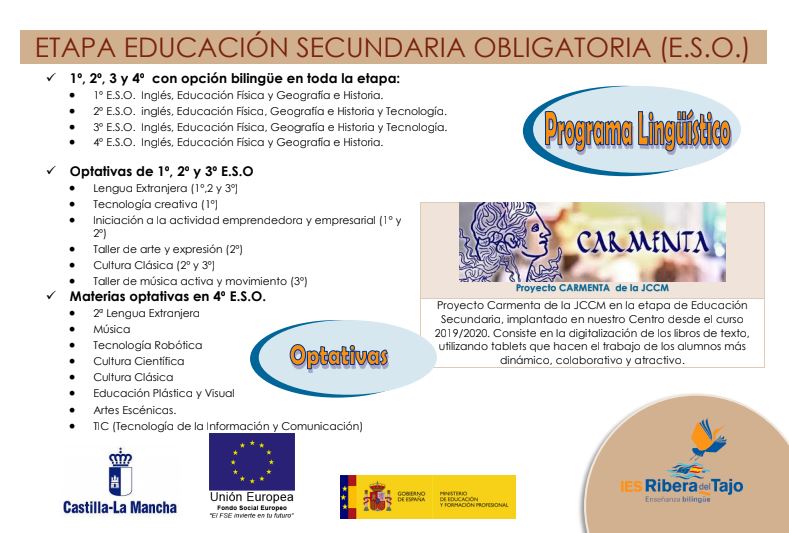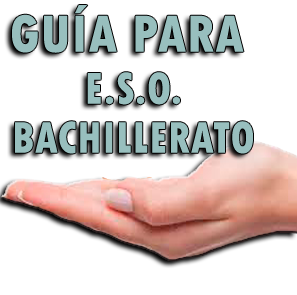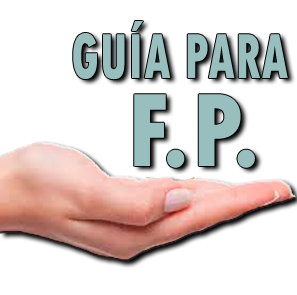Partnership
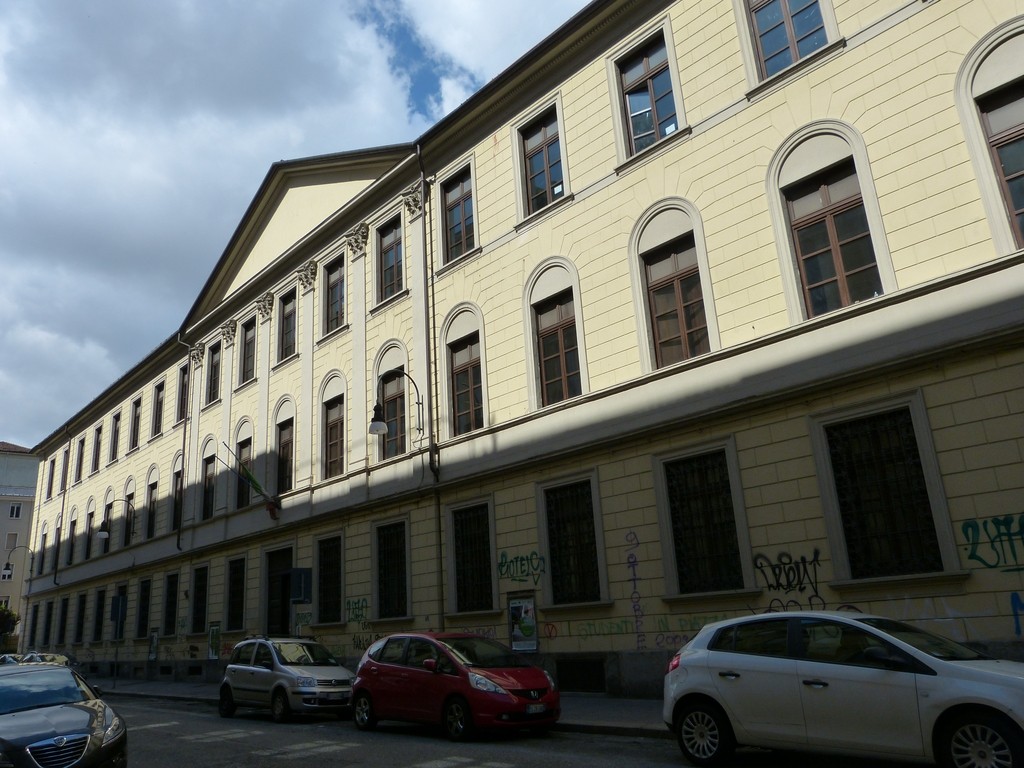
Our partner in Turin is L’Istituto Professionale Statale “Albe Steiner”. It is a technic professional institute.
Official website: http://istitutoalbesteiner.gov.it/
Turin is a city and an important business and cultural center in northern Italy, capital of the Piedmont region. The city has a rich culture and history, and is known for its numerous art galleries, restaurants, churches, palaces, opera houses, piazzas, parks, gardens, theatres, libraries, museums and other venues. Turin is well known for its renaissance, baroque, rococo, neo-classical, and art nouveau architecture.

Culture
Perhaps Turin suggests Fiat, football, industry and little more? If so, think again, because it’s a Baroque gem, set elegantly on the River Po, with the Alps as a backdrop. It’s less stuffy than Milan but every bit as chic – and more beautiful. It was also the home of Primo Levi and one-time haunt of Nostradamus, the seat of the Savoy royals and the first capital of Italy. It is host to the largest collection of ancient Egyptian artifacts this side of the Nile, an arena for a bristling contemporary art scene, cradle of the Slow Food movement and makes the best chocolate in Italy.
The city is most famous for the Turin Shroud, said to have covered Christ in the tomb, and to bear the image of his face and body.
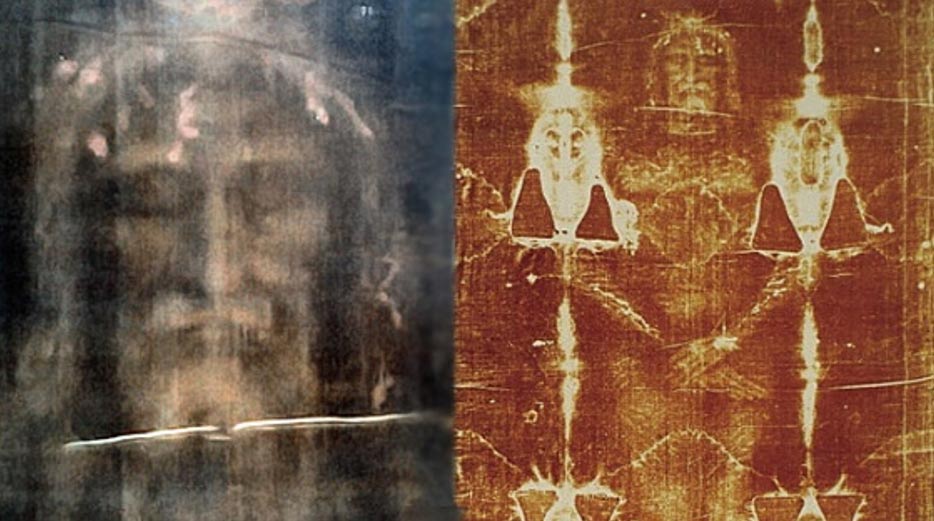
The relic goes on show very infrequently. The cathedral that houses it has only a replica on view – though it does purvey top-quality religious kitsch.
One of the main parts of Turin culture is sport. Turin is well known as the home of the Shroud of Turin, the football teams Juventus F.C. and Torino F.C., the headquarters of automobile manufacturers FIAT, Lancia and Alfa Romeo, and as host of the 2006 Winter Olympics.
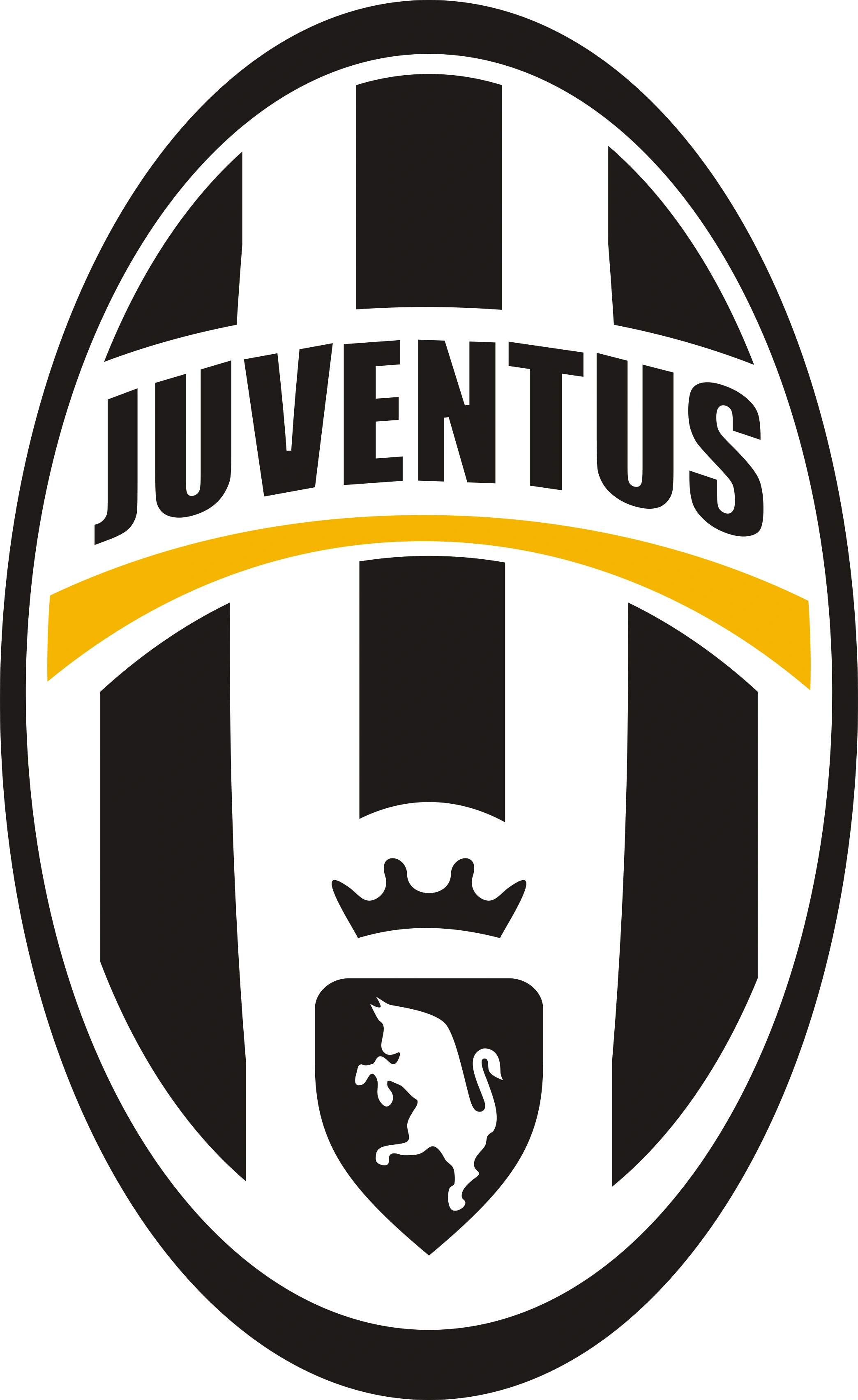
The club is the third oldest of its kind in the country and has spent the majority of its history, with the exception of the 2006–07 season, in the top flight First Division (known as Serie A since 1929). Juventus is historically the most successful club in Italian football and one of the most laureated and important globally.
Yet Juventus are not the only team in Turin. Formed in 1906 by a group of Bianconeri dissidents, Torino FC have won the Scudetto seven times and the Coppa Italia five.
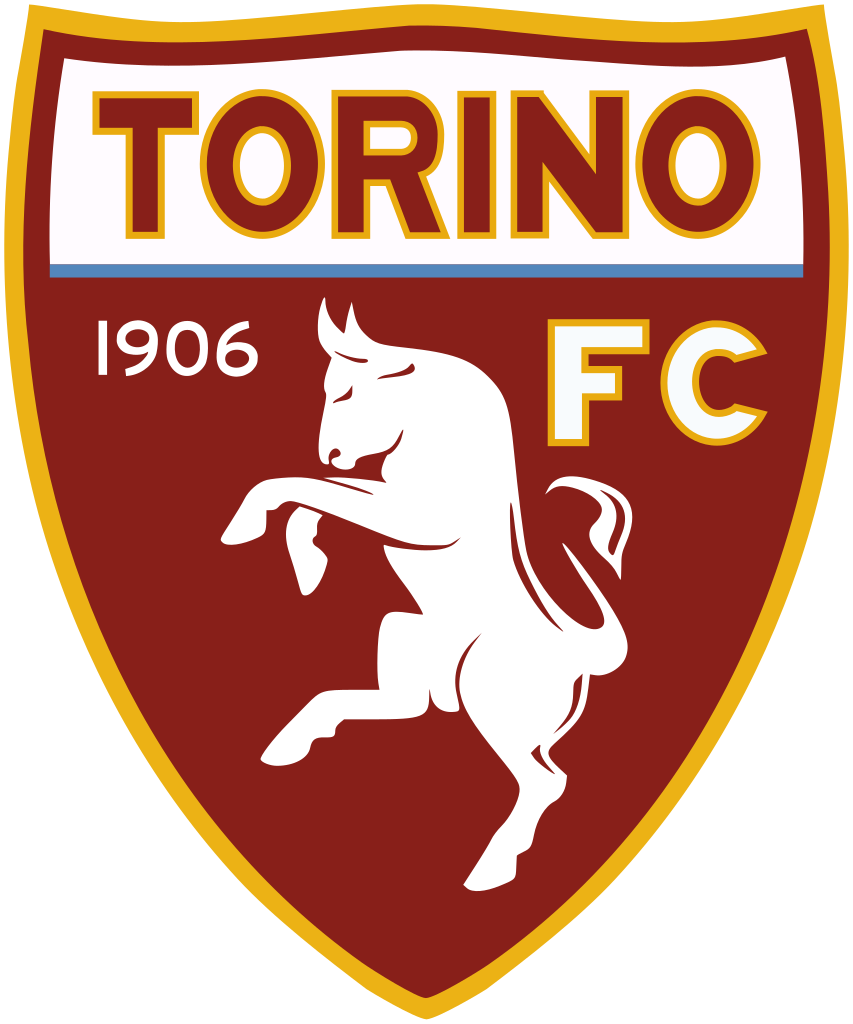
Popular tourist attractions
The most popular and beautiful attraction of this cultural city is Palazzo Madama e Casaforte degli Acaja. The ancient palace is a perfect place for visitors who like history, galleries and art. It was the first Senate of the Italian Kingdom, and takes its traditional name from the embellishments it received under two queens (madama) of the House of Savoy.

One of the biggest museums of Egypt in Europe and the largest in Italy is the real treasure of Turin. It specializes in Egyptian archaeology and anthropology. It houses one of the largest collections of Egyptian antiquities with more than 30,000 artifacts. In 2006 it received 554,911 visitors.
A magnificent 17th century structure, the residency of the Dukes of Savoy, of the Kings of Sardinia, and of the Kings of Italy until 1865, is the center – from an urban point of view, as well as from an historical, architectural, and artistic point of view. Reworked several times, it preserves the marks of the interventions carried out by the most important artists working in Turin over three centuries.
People that enjoy football or even support Juventus F.C. should definitely visit Juventus Stadium, sometimes simply known in Italy as the Stadium. A 70-minute guided tour of the stadium is offered every day. Guests are taken around to see the dressing rooms, facilities, museum and the pitch.
The stadium hosted the 2014 UEFA Europa League Final.
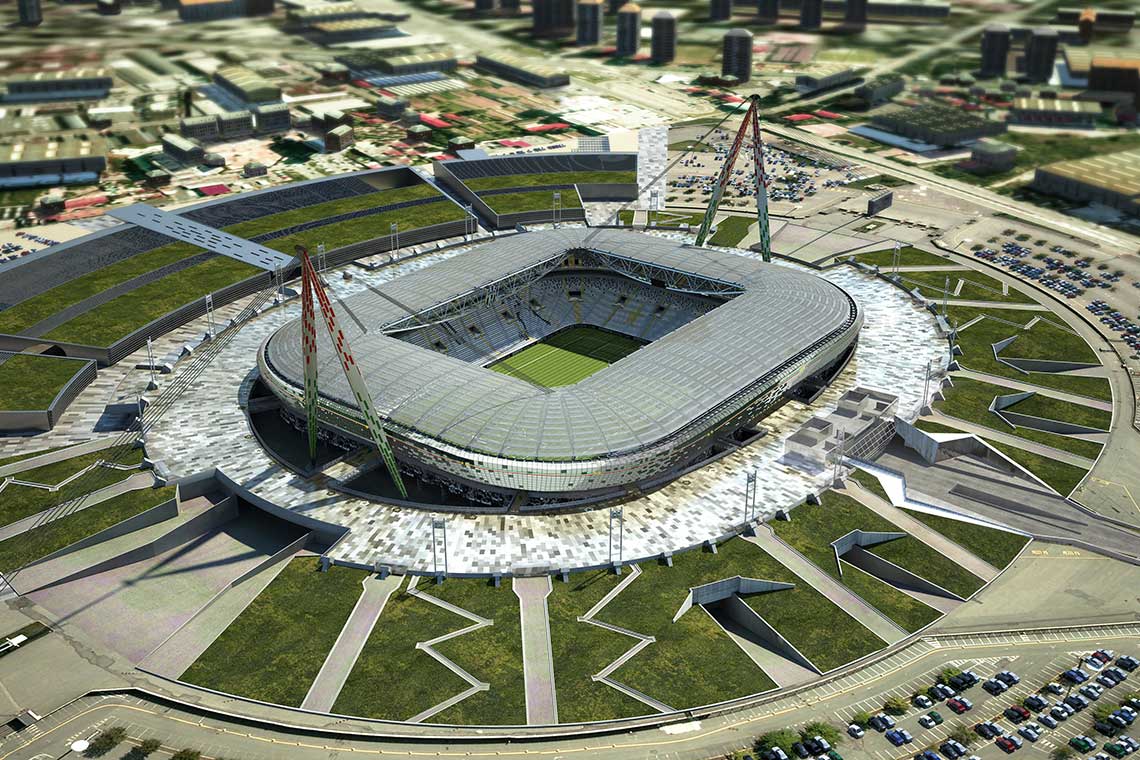
Locals of Turin are warm, welcoming people who love to relax, celebrate and socialize with family and friends. And celebration and relaxation usually take place around the table either at home or in a restaurant, where they can enjoy the traditions of the Italian cuisine.
As all Italians, people from Turin have a passion for eating but also for talking.
In Italy conversation is an art form. As you walk in the streets or stop at a café in one of the many squares, you will notice Italians of all ages engaged in intense and animated discussions on a wide variety of topics ranging from family, work, politics, gossip, food, wine and sports, especially football.

Italians on the whole believe in living life to the fullest. They laugh, shout, cry and argue at the top of their voices in public. They are always blasting their horns if you drive too slowly. However they never take themselves too seriously and the Italian sense of humor is ever present.
Food
Turin boasts a huge range of fantastic opportunities for dining out. The local Piedmontese cuisine is some of the most varied and celebrated in Italy. Piedmont is the region where the Slow Food movement was born, just a few kilometers away in Bra, with many eateries inspired by the Slow Food concept focusing on local, fresh, top quality produce. Salone del Gusto e Terra Madre, a biennial international food fair and convention, is hosted in Turin in the autumn to highlight the importance of producing locally, eating healthily and savoring socially.
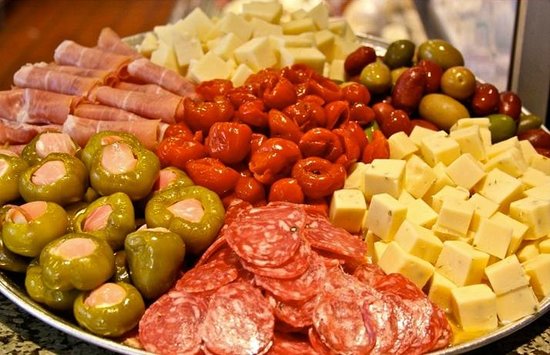
Choose from traditional, classy, colorful, romantic, characteristic or contemporary atmospheres. The city is packed full of restaurants, trattorie, osterie and pizzerie, a few vegetarian options, and an increasing number of places that offer fusion cooking based on Italian favorites, and blended with exotic flavors and twists on the traditional. Alternatively, go ethnic with Arab cuisine, Chinese, Japanese, Indian, Argentinian and Iranian.
For wholesome lunchtime meals there are many excellent bars and a range of places to grab a pizza slice, focaccia or farinata (made from chickpea flour) on the go.
Cheeses produced and consumed in Piedmont and northern Italy include stracchino (creamy, soft white cheese), toma (a light, semi-hard cow’s milk cheese), robiola (delicate and sweet, often preserved in oil), raschera (made with a combination of cow, goat and sheep’s milk coming from the high pastures of the Monferrato and fontina (a rich mountain cheese from nearby Aosta valley.
